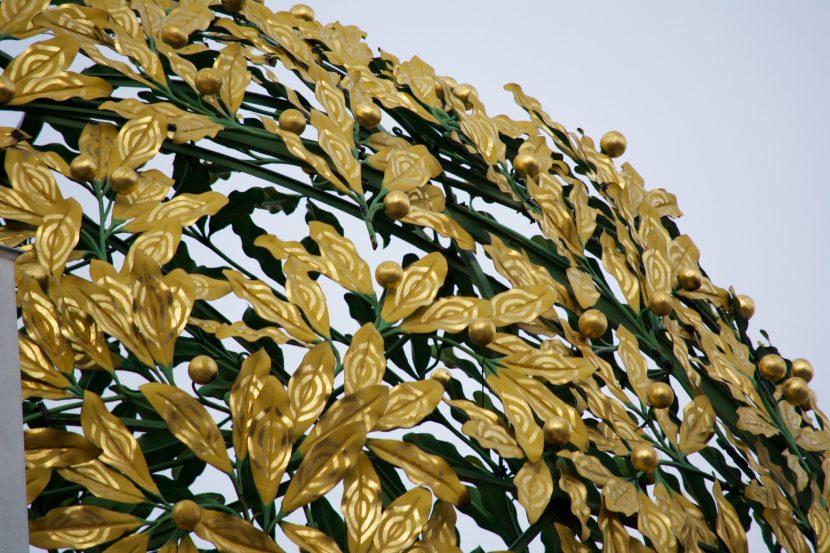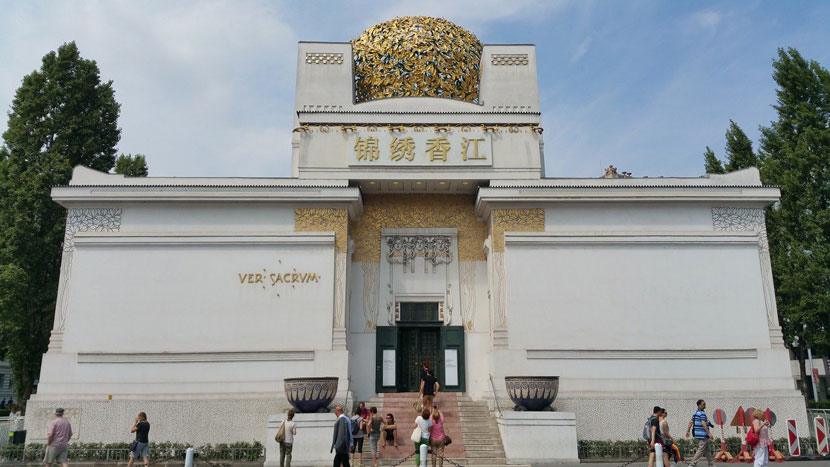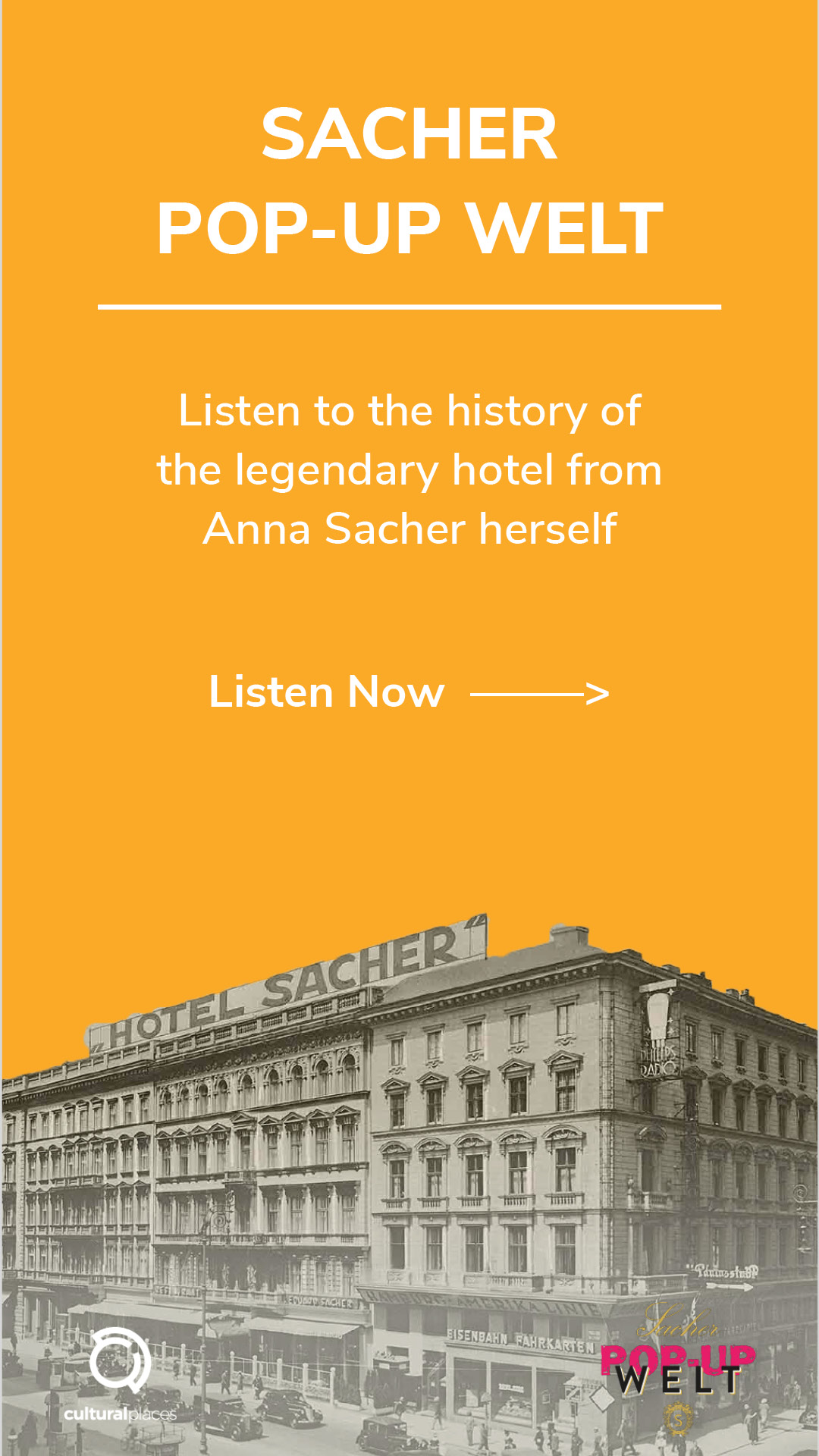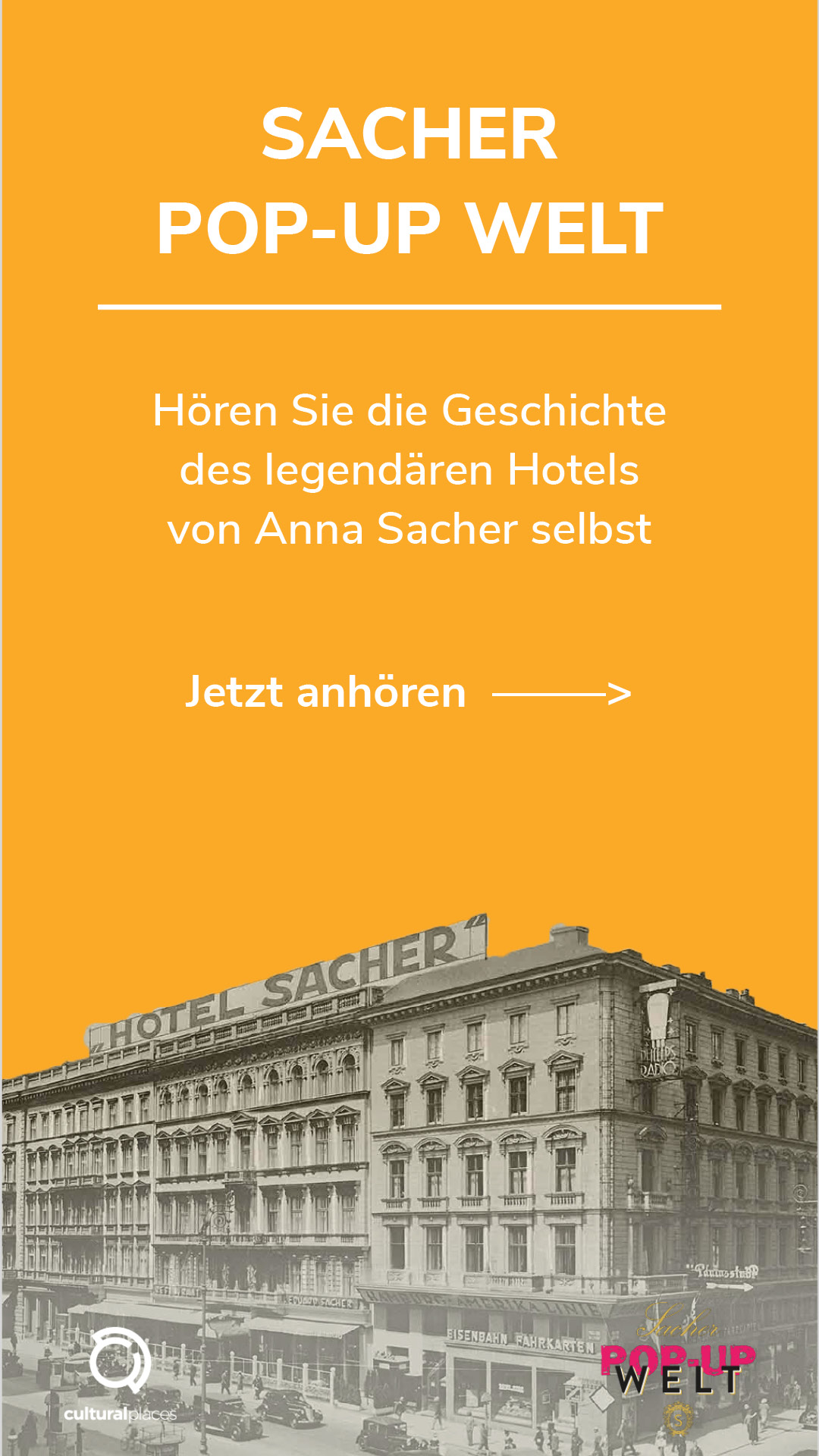The Gold-Topped Jewel of Art Noveau, the Vienna Secession
You’re probably thinking about classical music, horse carriages, and pastries, but did you know that Vienna was also crucial in the development of modern art and Art Noveau in particular? In 1897, a group of artists founded the Vienna Secession, so they could have a place to work and exhibit at, exactly how they wanted.
The most famous of these artists is, of course, Gustav Klimt, and his famous Beethoven Frieze is the main reason to not only admire the Secession building from the outside but to also have a look inside.
But let’s start at the beginning…
What is the Vienna Secession?

Photo credit: Pawel Biernacki
As the name already gives away, the founders of this wonderful exhibition house literally seceded from the artistic practices and customs of the time and opposed the antiquated styles and practices taught at the art academy at the time. Seeking to unite and erase borders between arts and crafts and to found a new aesthetic, they built these wonderful buildings to house their artistic dreams, but also physical exhibitions, a printing lab, and workspaces.
Who Were the Artists Involved?

Photo credit: Moriz Naehr Bildarchiv der OENB
We have already mentioned one famous name, Gustav Klimt. Others include Koloman Moser and Josef Hoffmann, who went on to found the Wiener Werkstätte, Joseph Maria Olbrich, Max Kurzweil, and Wilhelm Bernatzik. Otto Wagner was also a member, but not from the start.
Why You Should Visit?
The building itself was designed by none other than Joseph Maria Olbrich. At the time, architects were trying to move towards a more sleek, utilitarian architecture. This is expressed well in the white cube of the building. Thanks to its intricate gold-leaf cupola, you will be able to spot the Secession building from far away. It is due to that cupola that the Viennese lovingly call the building Krauthappl (cabbage head).
If you are expecting a drab Plattenbau now, you could not be further off! The building might be made up of stark lines, but it isn’t undecorated. The most iconic is the inscription below the cupola, stating that each period needs its art and said art needs its freedom (Der Zeit ihre Kunst, der Kunst ihre Freiheit.)

Photo credit: Andrew Moore
Take a lap around the building to catch all the intricate details, from flowers and branches to Kolo Moser’s expressive owls. Fun – or sweet – fact: There are beehives in the roof, you can even buy the honey. We don’t guarantee it will give you artistic ideas, though. Now, are you ready to go inside and see the Beethovenfries in all its glory?

Photo credit: Oliver Ottenschlaeger
Are you already interested in learning more about Secession? Visit our Cultural Places Tour Shop and find a guided tour through this magnificent building.
[maxbutton id=”2″ url=”https://www.culturalplaces.com/en/place/austria/vienna/secession” ]
Don’t be shy, the Cultural Places App will be there to guide you around the halls, give you great background info and also get you acquainted with the contemporary artists that are currently being exhibited – because, besides all its historic significance, Secession is also a vibrant place still doing what it was built for – exhibiting the art of the time. So come to see it for yourself!







Wow!! I really liked it, thank you!
nossa que lugar deslumbrante !
Wow, it’s beautiful. They took care of the details
Que lugar maravilhoso, dá até vontade de ir viajar.